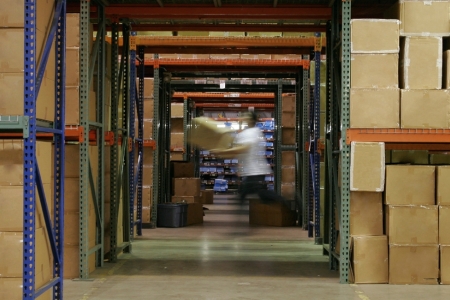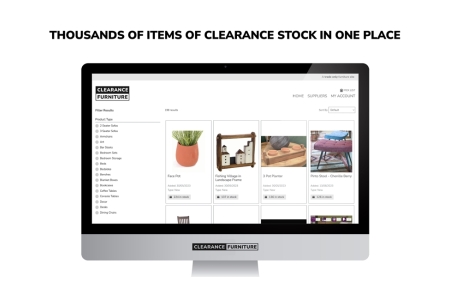In business, they say turnover is vanity, profit is sanity, and cash is king – but the cash does not always flow reliably, so it pays to understand the reasons behind today’s disruptive challenges, and how they might be addressed, explains UK Business Finance's Karl Hodson …
Retail is a vital part of the UK economy, and has experienced diverse challenges over recent years. Changing consumer behaviour and rising costs are just two issues that threaten success for retailers – and good cash flow is at the core of the solution.
Cash is the lifeblood of any successful business, but cash shortages can stem from a range of different business areas, making it difficult for retailers to know where to start when addressing cash flow problems.
For retailers, the speed at which inventory is turned over, and the gross profit that is made on every sale, are both significant factors in being able to pay their bills and be confident in managing cash flow long-term. The strength and stability enjoyed at an operational level when cash flow is positive also facilitates strategic growth and allows retail businesses to reach their full potential over time.
So, what are the cash flow issues facing the retail sector, and how might they be overcome?
Changing consumer behaviour
Customer buying habits have changed considerably since the pandemic, leaving some retailers with onerous leases and expenditures that aren’t sustainable as online shopping enters the mainstream.
The urgent need to change how the sector operated during the pandemic created a demand for investment in technology simply to remain competitive, leaving some businesses experiencing a cash crisis.
Soaring operational costs
Cash pressures have increased considerably in recent years, with the soaring price of energy and fuel, and increasing business rates and employment costs, adding to the cash flow challenges.
Demands for sustainability
Customer demand for sustainable products and working practices in the retail sector means that consumers are making purchase decisions based on a business’ environmental credentials, as well as on price and quality. Adapting to this demand requires a further level of investment from retailers.
So, how can retail businesses address these cash flow challenges?
Prioritising cash forecasting
Forecasting their cash needs over several months alerts retail businesses to potential shortfalls and allows them to proactively address the problem – perhaps by seeking additional funding, or cutting costs. Cash forecasting puts retailers back in control of their cash and allows them to plan any significant spending with more confidence.
Developing efficient credit control procedures
By collecting their debts efficiently, retailers benefit from regular cash inflows and minimise the chances of incurring bad debts. Clear and consistent messaging around the business’ payment terms, and subsequent interest charges on late payments, can considerably improve debt collection results. Offering early payment discounts may also encourage positive cash flow.
Finding the right finance
It is vital that retail businesses secure the right type of finance, and this typically means flexible funding that addresses the changing needs of the sector. One type of funding that can be extremely beneficial in the retail sector is invoice finance – this eases cash flow, as the lender advances around 90% of an unpaid invoice, usually within 24-48 hours. Short-term stock finance is also flexible financing that can help cash flow worries.
Poor cash availability over a period of time can ultimately lead to an irrecoverable financial decline for a retailer, regardless of how much profit they are making.
It is possible for the retail sector to manage these challenges, however, and avert insolvency. Adopting technology can often provide a solution, as it makes cash management simpler and more reliable, whether in relation to cash forecasting or in other business areas such as stock control.














